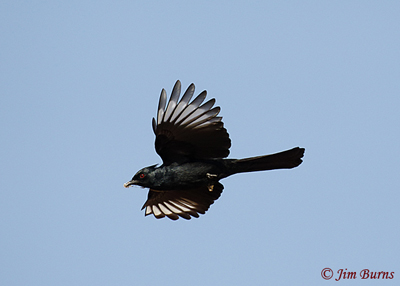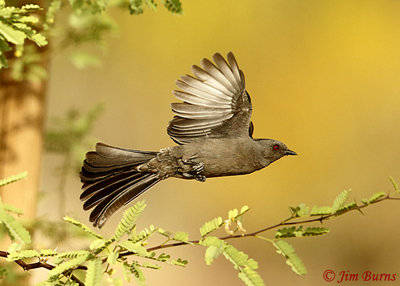
My local patch is five miles from home, fifteen minutes in the heaviest traffic, and I’ve been birding there on average of once a week for thirty-five years. The downside, of course, is that after that length of time how many surprises can there be? Well, as it turned out, one big one this past spring. My patch is a scruffy, overused local park with a few saguaros, a canal, and three fishing ponds. The “big five” species there are Gambel’s Quail, Gila Woodpecker, Gilded Flicker, Cactus Wren, and Curve-billed Thrasher.
To be quite honest, I was becoming a little jaded with the place until I went over to the dark side and became enamored with dragonflies a few years back. At that point the water in the park and its attendant odonates rekindled my interest. Other than the almost certainly erroneous report of an Olive Warbler (probably an inexperienced birder seeing a Virden in poor light), the biggest surprise in my thirty-five years there had been the very occasional (twice) breeding season occurrence of Least Bitterns.
On April 10 of this year, while sitting in the park with the camera on a Curve-billed Thrasher nest watching nestlings being fed, I was astonished to see the desert “black cardinal,” a male Phainopepla flash through the corner of my eye. I assumed I was mistaken. Sure, my local patch is here in the low desert and Phainopepla is a low desert breeder, but the park is smack in the middle of Phoenix metro and never in thirty-five years had I seen a Phainopepla there. The Black Cardinal doesn’t do cities.
As detailed in Jim Burns’ Arizona Birds (http://jimburnsphotos.com/pages/books.html), in 1984 I took a visiting Canadian birder friend with Phainopepla at the top of her most wanted Arizona bird list to an undeveloped area around 90th Street and Shea in north Scottsdale to see one. By 2004 I had to drive a Colorado birder friend all the way out to the Verde River to get one. Because of urbanization, 90th and Shea had become central Scottsdale. Phainopepla and development are an oxymoron.
On April 11 I returned to the park on a mission and rediscovered my Phainopepla, this time with a female actively engaged in nest building. This was my second WTF moment because I had previously only found Phainopeplas nesting high and deep in mistletoe clumps within the lush mesquite bosques along the Salt and Verde. This pair was building just ten feet up in a scraggly Palo Verde. And chasing yet another male Phainopepla away from the territory!
I can only speculate on possible reasons for the “range expansion” of this unique and beautiful species into my local patch: the wettest October in Phoenix weather history and the subsequent El Nino winter has rendered the park more lush and verdant, at least to a Phainopepla’s eye, than ever before; or maybe the species is experiencing a “moment.” Whatever the case, the pair, my pair, is incubating now, and my visitation has ramped up from once/week to once/day. I can’t wait to see what happens next!